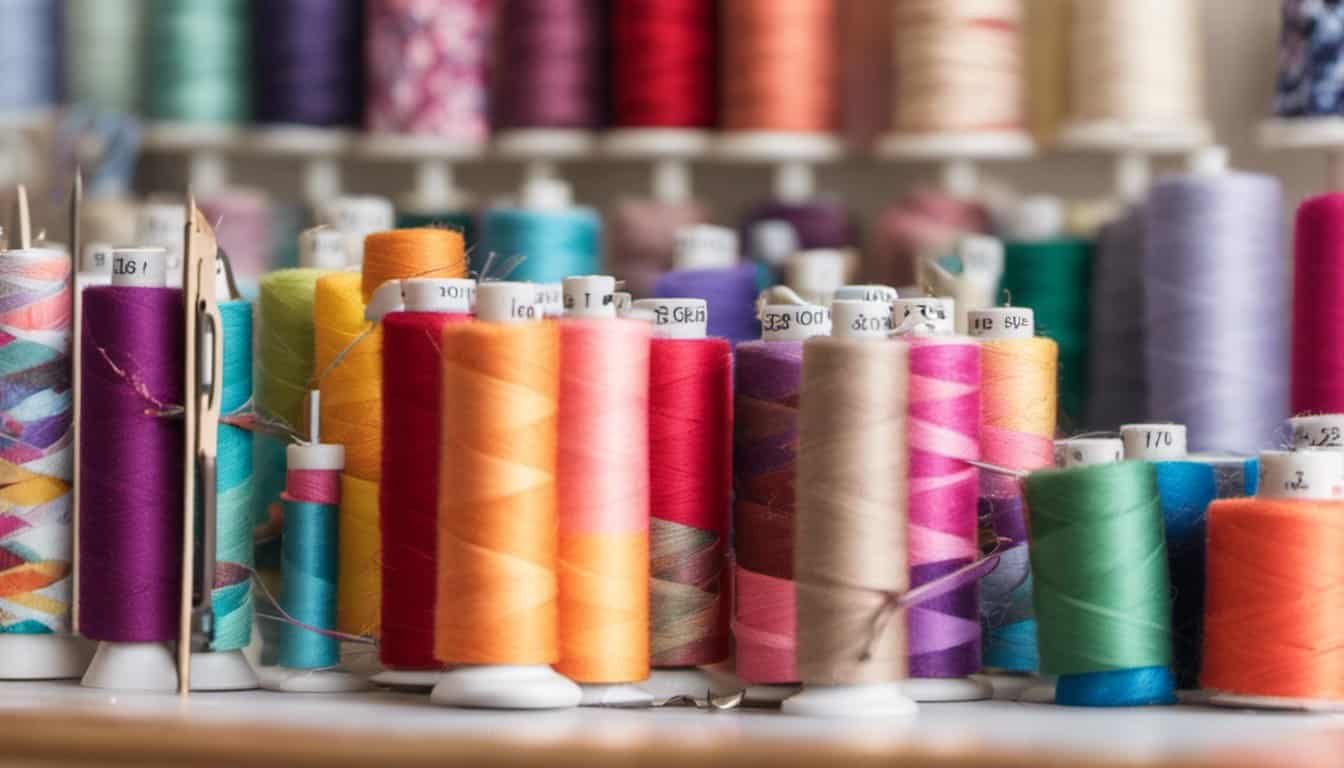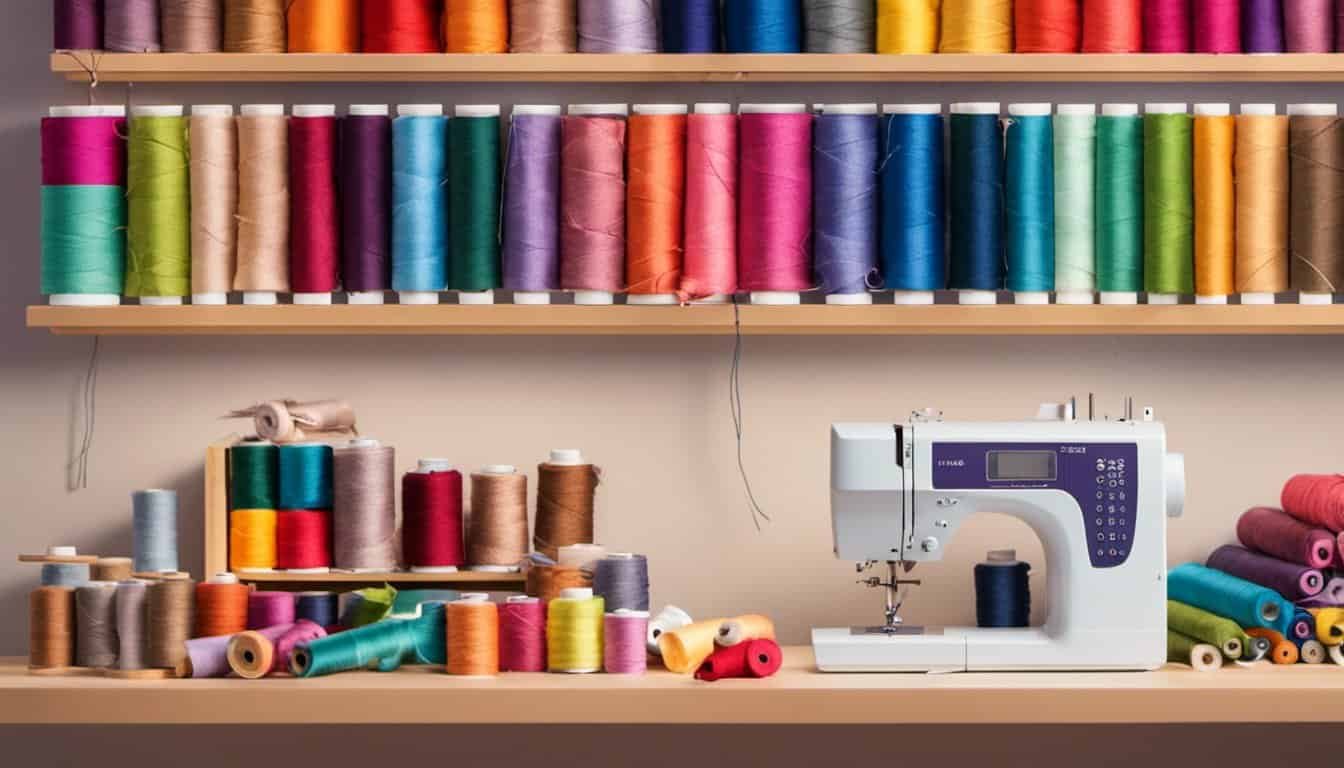Sewing a bound buttonhole might seem daunting at first, but once you get the hang of it, it’s a game-changer for your jacket projects. I remember the first time I tackled this technique—it transformed a simple jacket into a polished, professional piece.
In this guide, I’ll walk you through each step, making the process straightforward and enjoyable. Whether you’re a sewing newbie or looking to refine your skills, mastering bound buttonholes will elevate your craftsmanship and give your jackets that custom-made feel.
Understanding Bound Buttonholes
Bound buttonholes create a clean, professional finish on jackets. They consist of fabric edges enclosed within a fabric strip, offering durability and a polished look.
Components of a Bound Buttonhole
A bound buttonhole includes:
- Buttonhole base: The fabric area where the button passes through.
- Binding strip: A strip of fabric that encases the raw edges.
- Stitching: Sewn along the binding to secure the structure.
Advantages of Bound Buttonholes
Bound buttonholes provide several benefits:
- Enhanced durability: The binding reinforces the buttonhole, preventing fraying.
- Professional appearance: Smooth edges contribute to a sleek, tailored look.
- Versatility: Suitable for various fabric types and jacket styles.
Comparing Bound Buttonholes to Other Types
Bound buttonholes differ from other styles in key ways:
- Versus Open buttonholes: Bound versions conceal raw edges, while open styles leave them exposed.
- Versus welt buttonholes: Bound buttonholes wrap the edges, whereas welt buttonholes use two fabric pieces for a layered effect.
Understanding these elements ensures effective implementation in your jacket sewing projects.
Tools and Materials Needed
To sew a bound buttonhole for jackets, I use the following tools and materials:
Tools:
- Sewing machine: Ensures precise stitching.
- Buttonhole foot: Attaches to the sewing machine for creating buttonholes.
- Fabric scissors: Allows for clean cuts on the fabric.
- Seam ripper: Helps correct any stitching mistakes.
- Measuring tape: Provides accurate measurements for buttonhole placement.
- Iron and ironing board: Needed to press the fabric and seams.
- Pins or fabric clips: Secures the fabric layers before sewing.
- Thread: Choose a color that matches the jacket fabric.
- Cutting mat (optional): Protects surfaces when cutting materials.
- Binding strip: Fabric or pre-made binding to encase the buttonhole edges.
- Jacket fabric: The primary material for your jacket project.
- Buttons: Select buttons that complement the jacket style.
- Interfacing (optional): Adds strength to the buttonhole area.
Preparing the Jacket Fabric
Selecting the right fabric ensures durability and a polished finish. I choose fabrics like wool, cotton blends, or heavy-duty synthetics for jackets. These materials provide the necessary structure for bound buttonholes and maintain their shape over time.
Pre-washing the fabric prevents shrinkage and removes any sizing. I wash the fabric according to its care instructions, then iron it to eliminate wrinkles. This step guarantees accurate measurements and smooth stitching during the buttonhole process.
Marking the buttonhole positions accurately is crucial for alignment. I use a fabric marker or chalk to indicate where each buttonhole will be placed. Precise placement enhances the jacket’s symmetry and functionality, ensuring that the buttons align perfectly when the jacket is worn.
Gathering the necessary tools and materials streamlines the preparation process. I ensure I have fabric scissors, a measuring tape, pins or fabric clips, and the binding strip ready before starting. Having everything on hand reduces interruptions and maintains a steady workflow while sewing the bound buttonholes.
Marking and Measuring
Accurate marking and measuring ensure your bound buttonholes align perfectly on your jacket. Follow these steps to achieve precise placement and dimensions.
Determining Buttonhole Placement
First, identify the exact locations for your buttonholes. Typically, buttonholes are spaced 3 to 4 inches apart, depending on the jacket style and button size. Measure evenly from the bottom of the placket to the desired top position. Use a fabric marker or chalk to mark each spot, ensuring symmetry on both sides of the jacket. Double-check measurements to maintain consistency, which contributes to a professional finish.

Setting Buttonhole Dimensions
Next, establish the size of each buttonhole based on your buttons’ dimensions. Measure the button’s width and add 1/4 inch for ease. For example, if your button is 1 inch wide, set the buttonhole width to 1.25 inches. Determine the buttonhole height by doubling the button diameter; a 1-inch button typically requires a 2-inch tall buttonhole. Mark these dimensions at each placement point, ensuring uniformity across all buttonholes. Accurate dimensions prevent puckering and ensure smooth button insertion.
Sewing the Bound Buttonhole
To sew a bound buttonhole, I follow a precise process to ensure a clean finish. Here’s how I do it.
Preparing the Binding
First, I measure the binding length, typically twice the width of the buttonhole base. I cut the binding strip from my chosen fabric, ensuring it’s smooth and wrinkle-free. Next, I press the edges inward by 1/4 inch to create a neat edge. This preparation allows the binding to encase the buttonhole edges neatly, providing a professional appearance.
Attaching the Binding
I position the prepared binding around the buttonhole base, aligning the pressed edges with the fabric edges. Using pins or fabric clips, I secure the binding to keep it flat and prevent puckering. I sew the binding to the jacket fabric with a straight stitch, maintaining consistent tension throughout. Starting at one end, I carefully guide the binding along the buttonhole curves, removing pins as I go. I reinforce the stitching at both ends to ensure durability. Finally, I press the attached binding to set the stitches, resulting in a polished, bound buttonhole.
Finishing Touches
Once the bound buttonholes are sewn, I move on to the final refinements. First, I trim any loose threads with fabric scissors to keep the edges clean. Then, I press the buttonholes using a warm iron, carefully flattening the binding for a sharp finish.
« Unlock the Secrets to Mastering the Chain Stitch for Embroidery – Transform Your Projects Today
Discover How to Sew a Tucked Seam for Texture and Transform Your Projects »
Next, I inspect each buttonhole to ensure they are uniform in size and shape. If needed, I make slight adjustments to prevent any puckering. I space the buttonholes evenly, maintaining a consistent distance from each other and the jacket’s edges.
Finally, I give the entire jacket a thorough press, making sure all seams are crisp and the fabric smooth. These finishing touches complete the professional look of the bound buttonholes, enhancing the jacket’s overall appearance and durability.
Conclusion
Seeing the finished bound buttonholes on my jacket was incredibly satisfying. It’s amazing how this small detail can elevate a project to a professional level. I felt proud knowing I could achieve such a polished look with my own hands.
Sewing bound buttonholes not only adds durability but also gives your jacket that sleek finish you’ve been aiming for. It’s a skill that opens up more creative possibilities and enhances your sewing confidence.
I encourage you to give it a try on your next jacket project. With patience and practice you’ll soon enjoy the rewarding process of creating custom-made pieces that truly stand out.


















